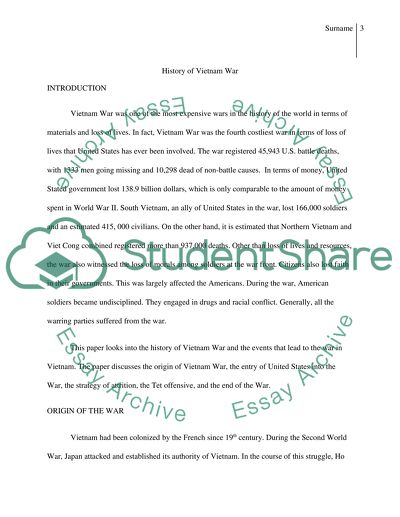Cite this document
(“The History of Vietnam War Research Paper Example | Topics and Well Written Essays - 1750 words”, n.d.)
Retrieved from https://studentshare.org/military/1449534-the-history-of-vietnam-war
Retrieved from https://studentshare.org/military/1449534-the-history-of-vietnam-war
(The History of Vietnam War Research Paper Example | Topics and Well Written Essays - 1750 Words)
https://studentshare.org/military/1449534-the-history-of-vietnam-war.
https://studentshare.org/military/1449534-the-history-of-vietnam-war.
“The History of Vietnam War Research Paper Example | Topics and Well Written Essays - 1750 Words”, n.d. https://studentshare.org/military/1449534-the-history-of-vietnam-war.


